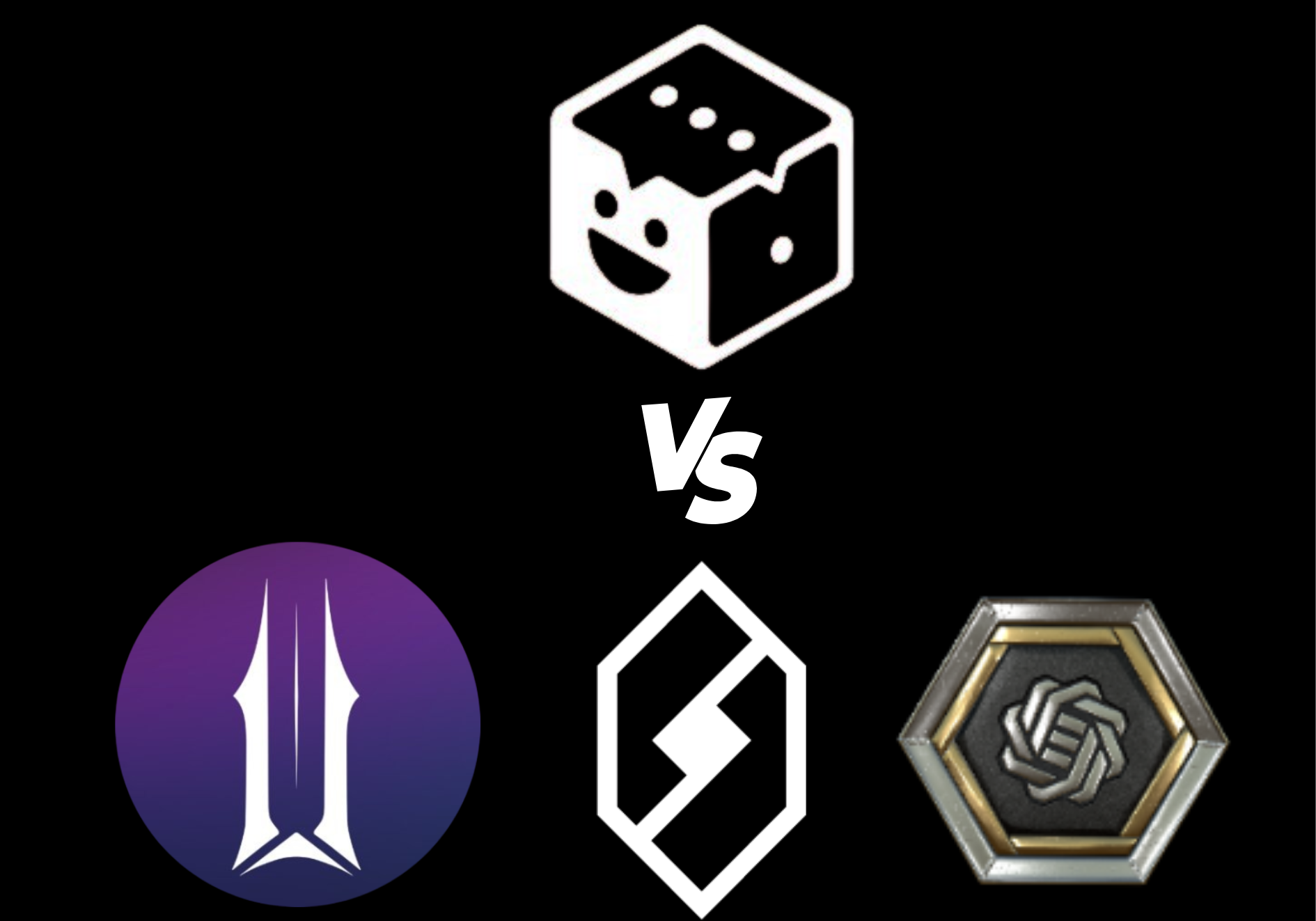Is Ethereum Still the Go-To Crypto in 2025?
Ethereum has long held its ground as a top crypto asset. It underpins DeFi, NFTs, and thousands of dApps. But as crypto matures, Ethereum’s weaknesses—high gas fees and low throughput—are hard to ignore. At the same time, Solana is emerging with faster speeds, minimal costs, and a smoother user experience. So which should you choose this year?
Ethereum: Strong Network, Weak Performance

Despite its transition to proof-of-stake, Ethereum still processes just around 30 transactions per second. During network congestion, gas fees often spike beyond $10. While Layer-2 networks try to fix this, they add more friction. You need to bridge assets, switch networks, and track multiple chains. Ethereum remains powerful, but it’s no longer simple or cheap.
Solana: High-Speed, Low-Cost Alternative
Solana was built with scale in mind. It processes over 65,000 transactions per second and keeps transaction costs under $0.01. Everything operates directly on its base layer—no rollups or sidechains needed. This keeps the experience fluid for users and easier for developers to maintain. It’s a single-chain structure that just works.
Developers Are Embracing Solana
Ethereum leads in total developer count, but Solana’s growth is accelerating fast. Developers are drawn to the network’s performance and low costs. Solana’s environment makes it easier to build apps in payments, gaming, and DeFi. More projects are going live on Solana, and some are even migrating away from Ethereum for better efficiency.
Solana’s Ecosystem Keeps Gaining Ground
Solana’s ecosystem is active and expanding fast. Jupiter is one of the most-used decentralized exchanges today. NFT collections like Mad Lads are seeing real engagement. Solana Pay has rolled out in physical stores. Billions of dollars in USDC now move through the chain. In every corner of its ecosystem, Solana is showing actual usage—not just future promises.
ETH vs SOL: Updated Stats (April 9, 2025)
| Metric | Ethereum (ETH) | Solana (SOL) |
|---|---|---|
| Current Price | $1,481.63 | $107.22 |
| Speed (TPS) | ~30 | 65,000+ |
| Average Fees | $2–$10+ | <$0.01 |
| Scaling Method | Layer-2 networks | Built-in scaling |
| Dev Engagement | Largest overall | Growing fastest |
| UX Simplicity | Fragmented | Smooth and direct |
Ethereum’s older structure leads to complexity. Solana’s newer architecture creates a more efficient, end-to-end experience.
Market Sentiment Is Shifting
Solana had a breakout 2024. It beat Ethereum in user activity growth, developer onboarding, and price performance. Retail investors are returning. Institutions are starting to take it seriously. The market sees Solana not as an Ethereum competitor—but as a viable leader in its own right.
Should You Choose Ethereum or Solana?

It depends on your risk appetite and goals. Ethereum is stable, widely integrated, and backed by a long history. But Solana is cheaper to use, faster to operate, and better suited for real-time applications. If you want growth, innovation, and a network designed for scale, Solana might be the better option today.
Bottom Line
Ethereum laid the foundation for decentralized applications. But Solana is defining the next stage—where crypto is fast, affordable, and user-friendly. If you’re deciding where to allocate your crypto budget in 2025, Solana deserves a serious look.
Disclaimer: This article is for informational purposes only. It is not investment advice. Always do your own research before investing in cryptocurrencies.




